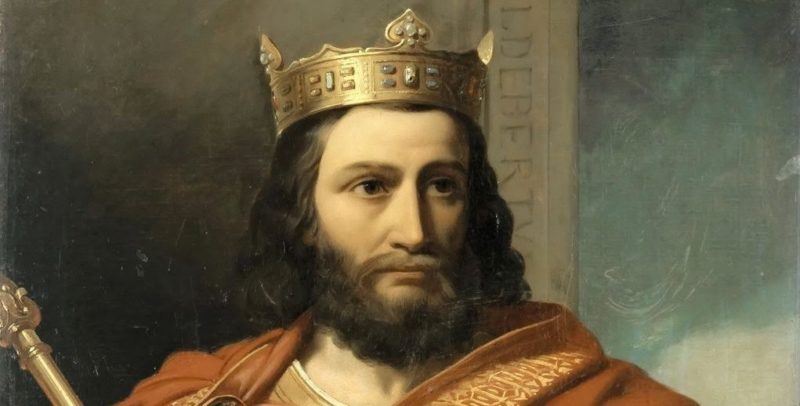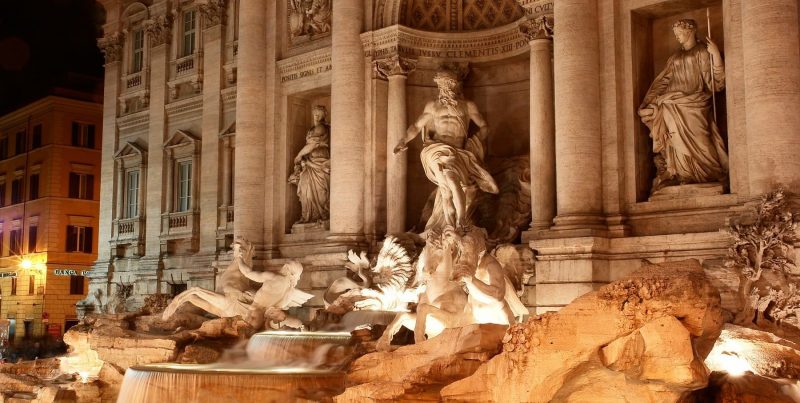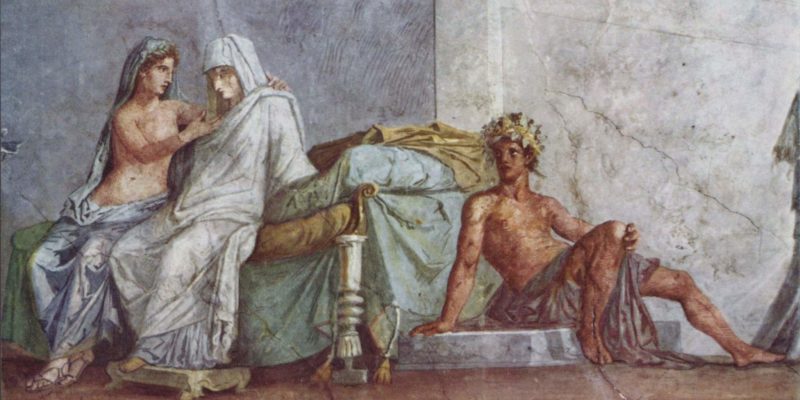We explain what Roman art is, what it is based on and the materials it uses. Also, what are its general characteristics and examples.
What is Roman Art?
Roman art was a European artistic movement comprised in the 11th, 12th and 13th centuries . It is characterized by the use of a specific language , with coherence and realism, in various manifestations, mainly architecture, sculpture and painting.
Its roots interspersed the movements of Germany, Spain , Italy and France , and then spread to the rest of the world in due course.
Characteristics of Roman art :
Background

Roman art was born in response to social and governmental changes in Europe , including:
- The arrival of the Capetians to the French throne,
- The consolidation and diffusion of Christianity ,
- The beginning of the Spanish Reconquest,
- The appearance and / or diffusion of Romance languages,
- Economic expansion and the construction boom due to urban expansion and pilgrimages
-
Its bases were religious
The
construction of churches and monasteries characterizes Romanesque art, as it reflects the values of the new feudal societies strongly influenced by religion.
This movement
put on stage certain values , in an art understood as functional: not to be "seen" but to "exist in it and be practiced".
It uses three laws
Romanesque art evoked scenes of everyday life in relation to the sacred, and for its creation three laws were applied:
- Functional law. Art must be experienced and lived, have a function.
- Material law. The material is an element in itself and not a medium: it has beauty, meaning, it allows adapting planes and working in innovative ways.
- Symbolic law. Its forms have interpretations and applications according to the objective : the churches have high vaults to “better fulfill their spiritual function”.
-
Materials

Materials are a present element and not a medium for creation. Their naturalness and naturalness are respected. In this art the use of:
- Poor materials (porous stone, basalt, volcanic rock, clay and bone)
- Marble (mostly in monuments, buildings and sculptures)
- Concrete (covering stone, in a revolutionary construction method)
- Stone
- Wood
Forms and colors
As for its colors, Romanesque art is characterized by being polychrome , it has multiple colors that give depth to meanings. In their forms, the pieces reflect everyday life in a schematic, conventional and realistic way.
-
Architectural elements

The architecture is the main manifestation of Romanesque art.
It is characterized by wide pillars made up of prismatic cores , semicircular arches, buttresses in walls that hold vaults and roofs, domes over horns, semi-circular apses, bent arches, crypts, bell towers, decorative friezes and the inclusion of sculptures.
Sculptural elements

The sculpture Romanesque strongly linked to architecture, mostly dedicated to biblical teachings in stone, wood and other materials . They include scenes from the life of Christ , fantastic animals, scenes of war or everyday life.
The portrait sculptures with Greek influences but mainly oriented to highlight the defects and not the beauty, and the relief sculptures made in large pieces that capture important events or sequences of events stand out.
-
Pictorial elements

The painting
has strong Byzantine , Visigothic and Carolingian influences . The scenes, in general, represent biblical images.
Importance and significance
In addition to accompanying the religious growth of Christianity and expanding its notions beyond borders, Romanesque art stands out for having been the first great multiple artistic manifestation in Western Europe , of semi-global expansion, including vast illiterate populations as recipients of the messages.
-
Characteristic works

Surviving the passage of time, several works of Romanesque art stand out:
- In architecture. Temple of the Viril Fortune, the Colosseum or Flavian AmphiTheater, the Theater of Marcellus, the Pantheon of Agrippa, the Circus Maximus, the Temple of the Capitol, the Roman Forum, the Black Gate in Trier
- In sculpture. Portraits such as Constantine the Great, the Arch of Constantine, the Column of Trajan, the Column of Marcus Aurelius.
- In paint. The Aldobrandine weddings, Ceres on her throne, the Battle of Isso (mosaic), the III century Iliad or the Fifty Vignettes of Virgil.
The above content published at Collaborative Research Group is for informational and educational purposes only and has been developed by referring to reliable sources and recommendations from technology experts. We do not have any contact with official entities nor do we intend to replace the information that they emit.
Anas is an editor of a prestigious publishing company in the United States. She studied Mathematics in Arizona. Anas is also a teacher and one of her long-term goals is to build an institution that offers free education to everyone who are financially not stable.
.

 Materials are a present element and not a medium for creation. Their naturalness and naturalness are respected. In this art the use of:
Materials are a present element and not a medium for creation. Their naturalness and naturalness are respected. In this art the use of: The architecture is the main manifestation of Romanesque art. It is characterized by wide pillars made up of prismatic cores , semicircular arches, buttresses in walls that hold vaults and roofs, domes over horns, semi-circular apses, bent arches, crypts, bell towers, decorative friezes and the inclusion of sculptures.
The architecture is the main manifestation of Romanesque art. It is characterized by wide pillars made up of prismatic cores , semicircular arches, buttresses in walls that hold vaults and roofs, domes over horns, semi-circular apses, bent arches, crypts, bell towers, decorative friezes and the inclusion of sculptures.
 The painting has strong Byzantine , Visigothic and Carolingian influences . The scenes, in general, represent biblical images.
The painting has strong Byzantine , Visigothic and Carolingian influences . The scenes, in general, represent biblical images. Surviving the passage of time, several works of Romanesque art stand out:
Surviving the passage of time, several works of Romanesque art stand out:



